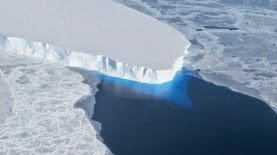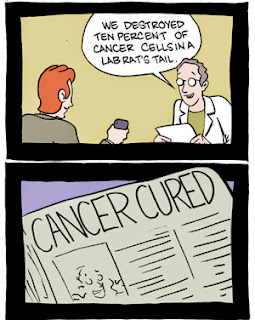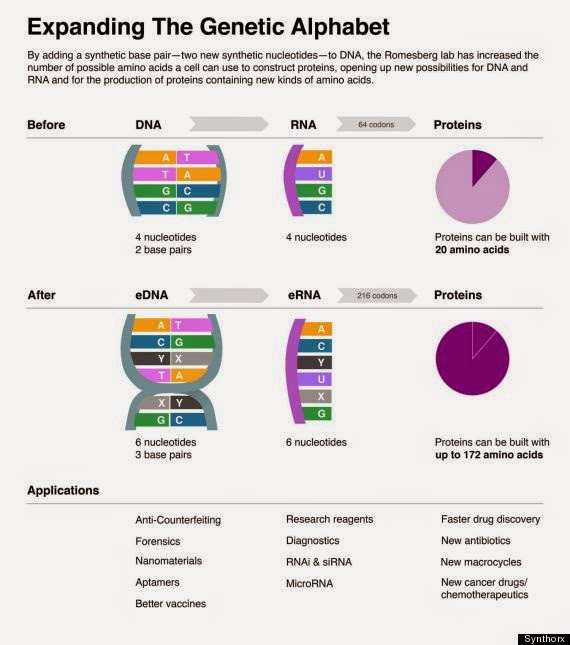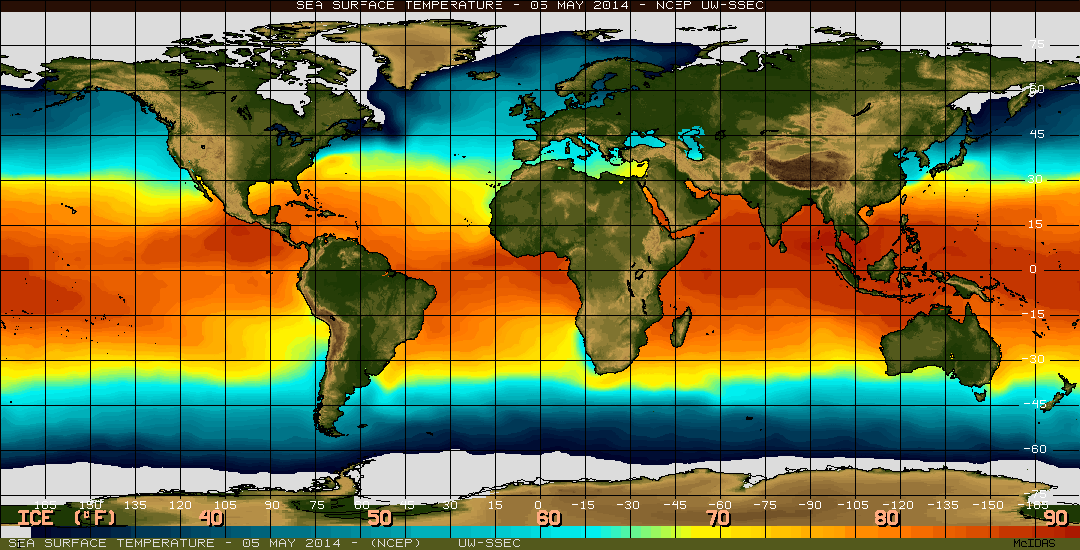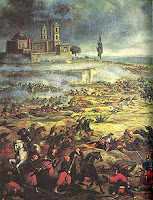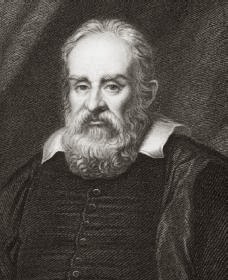The series COSMOS has been under heavy assault by science deniers from the first show. When science deniers on mainstream cable news (the ORIGINAL cable news, I might add) accuse Bill Nye of being "a bully," we've gone past the Rubicon; completely off-the-rails.
What precisely has this faux "knowledge" of intelligent design/young Earth/flat Earth/young Universe/dinosaur bones via Beelzebub/Mood Rings/vibrating crystals/telepathy and telekinesis/Loch Ness Monster/Leprechauns/UFOs/claims of faked Moon landings/pyramid-building aliens/unicorns/Bigfoot helped us "design"? Or patent for reproduction and consumption? When did boondoggle become science?
Has it generated any cures for cancer? A new electronic usage for graphene on the horizon? Room temperature superconductivity? Quantum supercomputers? A faster way to get to Mars? Near-warp drive? Or better yet: how are we going to supply drinkable water for an expansive, global population? Talk about "wars and rumors of wars": lack of resources has always resulted in human conflicts, especially when you have the bigger weapons.
Producing web sites and You Tube videos are entertaining, but they're not created for venues where they'll be torn apart; rigorously debated using the Scientific Method. They are not generated (or, inclined towards) solving any real-world important problems, and just because you have an "opinion," no matter how loudly you state it, it does not make it "fact."
Scientists, the 97% that have consensus on the subject, would LOVE to be absolutely wrong. Hurricanes Katrina/Rita/Irene/Sandy/____; droughts and fires (San Diego and southern California); melting polar ice caps and rising sea levels convince them otherwise. They live on the planet too, and have a vested interest - their own lives and their families - in the continuance of the human species.
Deniers - the 3% - are cock-sure they are "right." An estimate by a Anglican Archbishop found nowhere in the Bible becomes the unquestionable 6,000 year age of Earth, the Universe and stars (never mind the whole speed-of-light-red-shift-thing: they have Conservapedia to faux "refute" that). The excuses on AM talk radio from meat heads with no science background (and no degree period), are typically "the sun is getting hotter"; "we're going through a natural cycle," blah, blah, blah. A coworker at a previous company (a stochastic modeling firm) could not believe the data I sent from the NOAA to refute their conspiratorial claims from a similarly-inclined "theory" site. Of course, in the same office was a moon-landing denier - who wasn't on the planet, mind you - but brimmed with male-member certitude the laptop-generated You Tube video on the conspiracy, requiring no doubt preternatural government thought control greater than a Vulcan mind-meld, was genuine (glad I don't work there anymore).
It's not a punchline to ask: what pray tell,is the plan B if the 3% are wrong, and it all blows up in our faces? I've stated the climate scientists have a vested interest - survival - in being off-the-mark. The fossil fuels industry funding the 3%-ers have a vested interest, too - money. "My bad" just won't do it if we screw this one away, more like "bend over and kiss your rear adios!"
Millennial voters will have to participate in representative democracy and make their voices known at the polls. They need to demand science literacy in those who wish to lead our nation going forward, and call politicians when the the same are clearly trying to BS their way into power. This is the only world the young know, and I think they'd like to inherit one somewhat intact.
“One of the saddest lessons of history is this: If we've been bamboozled long enough, we tend to reject any evidence of the bamboozle. We’re no longer interested in finding out the truth. The bamboozle has captured us. It’s simply too painful to acknowledge, even to ourselves, that we've been taken. Once you give a charlatan power over you, you almost never get it back.”
― Carl Sagan, The Demon-Haunted World: Science as a Candle in the Dark
And now, cue the trolls...
Tomorrow: Deja Vu All Over Again





